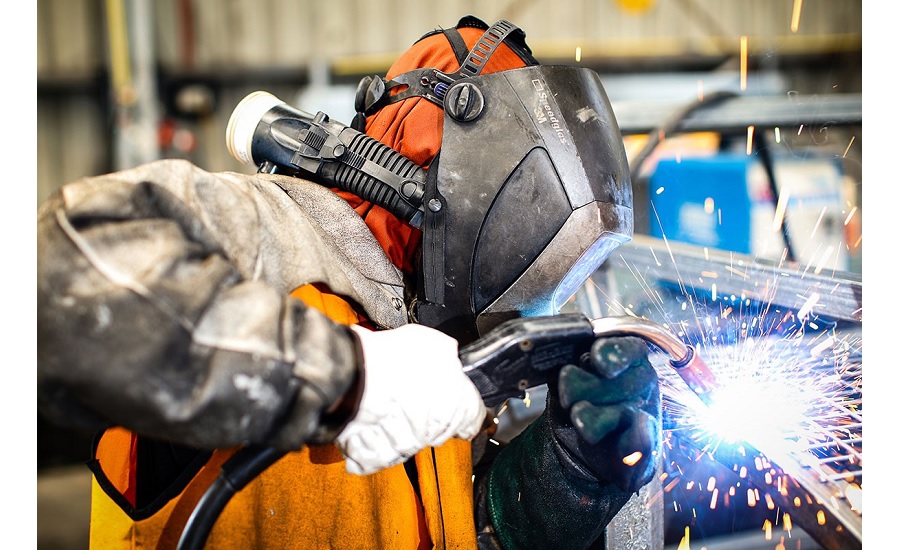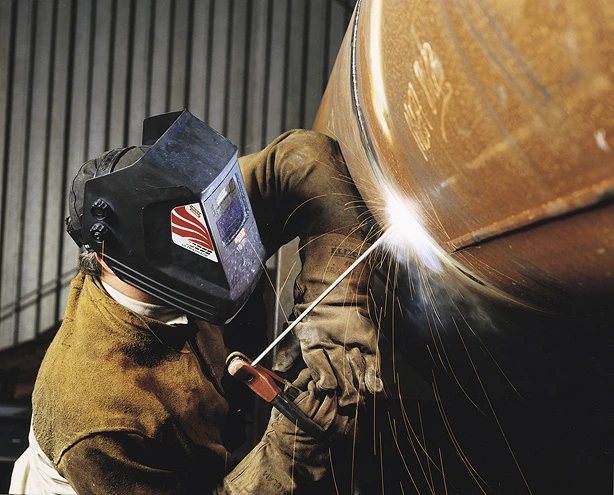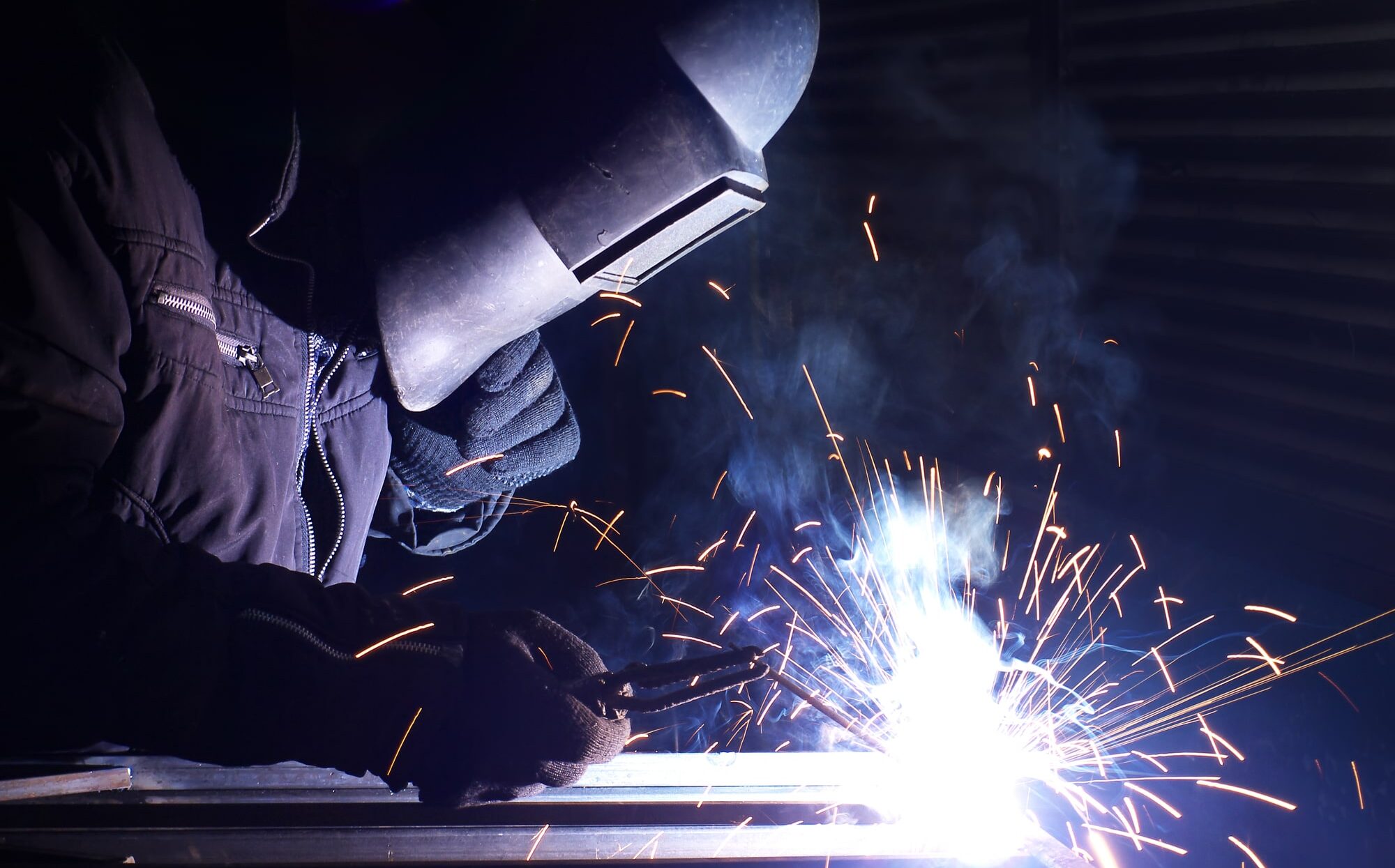Welding WPS: Typical Errors to Prevent and Exactly How to Correct Them
Welding WPS: Typical Errors to Prevent and Exactly How to Correct Them
Blog Article
Understanding Welding WPS Requirements: Best Practices and Techniques for Top Quality Welds
In the world of welding, mastering Welding Treatment Spec (WPS) requirements is a critical component that straight influences the high quality and integrity of welds. As we navigate with the complexities of welding WPS requirements, revealing essential insights and approaches for accomplishing top-tier welds will be paramount for welders seeking to stand out in their craft and create welds that stand the examination of time.
Understanding Welding WPS Criteria

Understanding WPS criteria is vital for engineers, assessors, and welders associated with welding procedures. By following WPS standards, welders can generate welds that satisfy the called for mechanical buildings and architectural integrity. Assessors rely on WPS documentation to confirm that welding treatments are being adhered to appropriately which the resulting welds are of top quality. Engineers utilize WPS requirements to develop welding procedures that guarantee the resilience and integrity of bonded structures.


Crucial Tools for Top Quality Welds
Understanding welding WPS requirements is vital for welders to successfully utilize the essential tools required for generating quality welds. Among one of the most crucial tools for top quality welds is a welding maker. The kind of welding maker needed depends upon the welding procedure being utilized, such as MIG, TIG, or stick welding. Welding helmets are additionally crucial to shield the welder's eyes and face from sparks, warmth, and UV radiation. In addition, welding handwear covers made from resilient and heat-resistant materials safeguard the hands from burns and injuries. Clamps and magnets assist hold the work surfaces together firmly throughout the welding process, ensuring specific and exact welds. Cord brushes and damaging hammers are vital for cleaning up the weld joint prior to and after welding to remove any impurities that could influence the high quality of the weld. Last but not least, a measuring tape and angle mill are beneficial tools for ensuring appropriate alignment and preparing the work surfaces for welding.
Trick Methods for Welding Success
To achieve welding success, one need to understand the key methods necessary for creating top quality welds. One critical method is preserving the correct arc length. Maintaining the electrode at the optimal range from the workpiece is crucial for creating strong, uniform welds. In addition, controlling the travel rate is critical. Relocating also promptly can lead to inadequate infiltration, while moving as well gradually can result in excessive warmth input and prospective flaws. Appropriate control of the electrode angle is one more essential strategy. The angle at which the electrode is held can influence the grain form and infiltration of the weld. Moreover, ensuring regular weapon angle and instructions of traveling is crucial for harmony in the weld grain. Finally, keeping a stable welding and a consistent hand placement throughout the procedure is vital to achieving precision and consistency in the welds. By mastering these key strategies, welders can boost the quality of their work and achieve welding success.
Ensuring Conformity With WPS Specifications

Additionally, preserving comprehensive documents of welding parameters, devices calibration, and inspection outcomes is essential for showing conformity with WPS criteria. By faithfully sticking to WPS standards, welders can ensure that their job satisfies the required top quality degrees and adds to the general success of the welding task.
Troubleshooting Common Welding Issues
When confronted with usual welding problems, identifying the source is important for reliable troubleshooting. One prevalent trouble is the existence of porosity in welds, commonly triggered by contaminants such as rust, moisture, or oil. To address this, making certain proper cleaning of the base metal before welding and using the right securing gas can considerably lower porosity. Another issue often encountered is absence of fusion, where the weld falls short to correctly bond with the base product. This can come from inadequate warm input or improper welding method. Readjusting specifications such as voltage, my website cord feed speed, or take a trip speed can assist boost fusion. Furthermore, distortion, breaking, and spatter are typical welding challenges that can be mitigated via correct joint preparation, regular heat control, and choosing Visit Your URL the suitable welding consumables. By extensively understanding these usual welding problems and their source, welders can properly repair issues and accomplish premium welds.
Conclusion
Finally, grasping welding WPS criteria calls for a thorough understanding of the standards, making use of vital devices, and executing key techniques for successful welds. Making sure compliance with WPS criteria is essential for producing top quality welds and avoiding common welding problems. By following finest practices and techniques, welders can accomplish constant and reputable cause their welding tasks.
In the realm of welding, understanding Welding Treatment Specification (WPS) requirements is a critical element that straight affects the top quality and integrity of welds.When delving right into the world of welding techniques, an important facet to comprehend is the value and intricacies of Welding Procedure Spec (WPS) criteria. WPS requirements provide a thorough go to my blog standard for welding operations, making certain uniformity, quality, and security in the welding process. The kind of welding maker required depends on the welding procedure being utilized, such as MIG, TIG, or stick welding.Attaining welding success with the proficiency of vital techniques necessitates a detailed understanding and adherence to Welding Treatment Spec (WPS) criteria.
Report this page